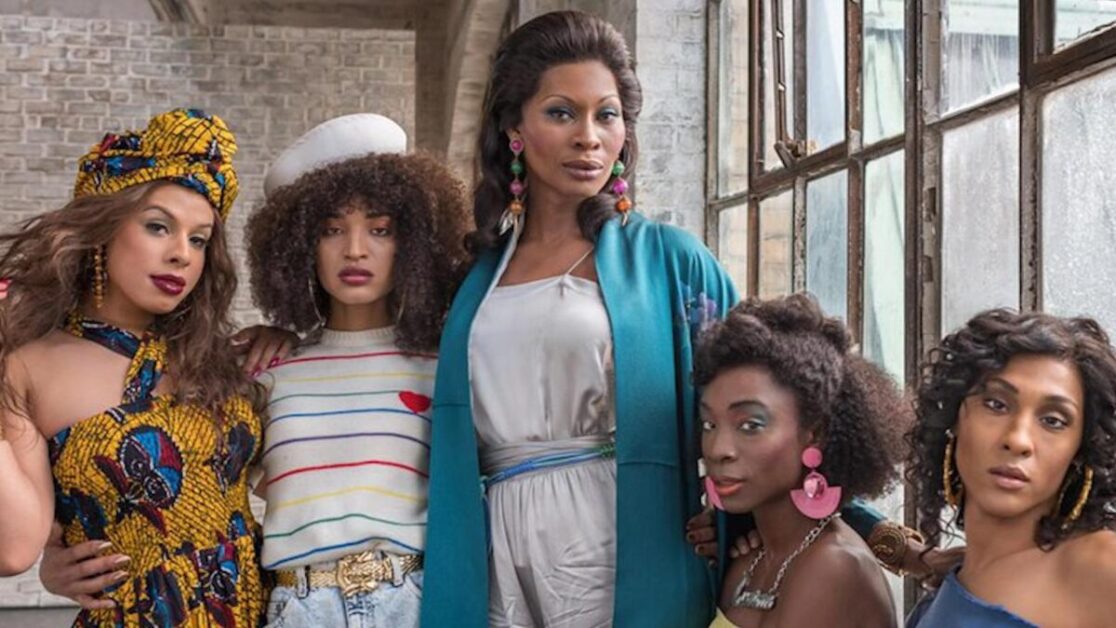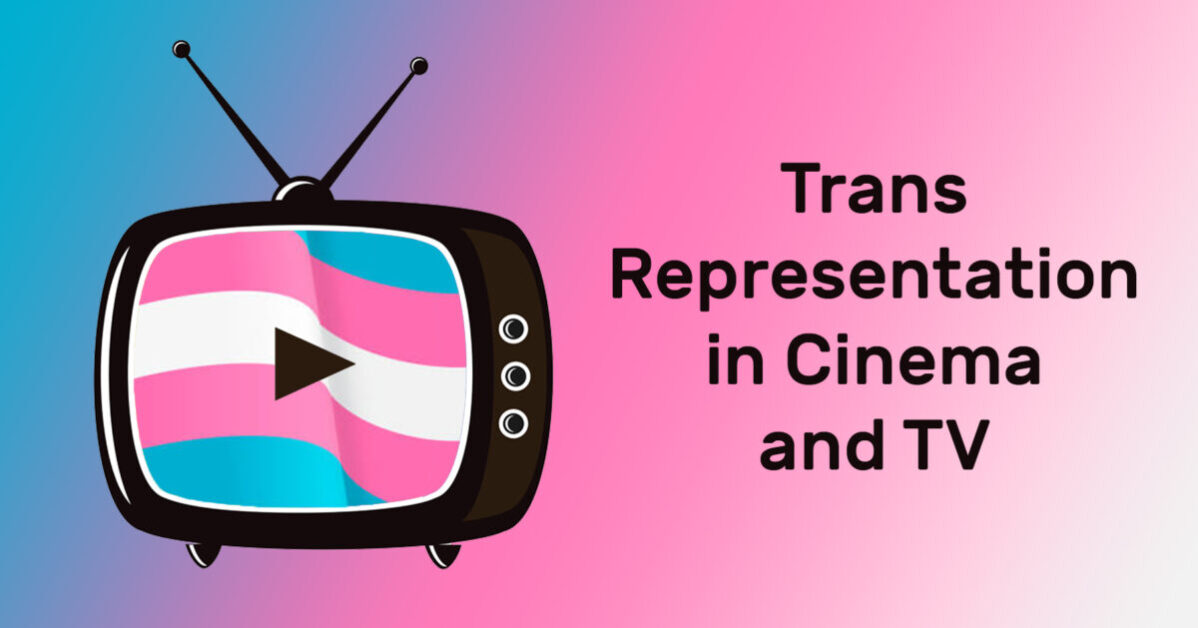Trans Representation in Cinema and TV
By Siobhan Donegan
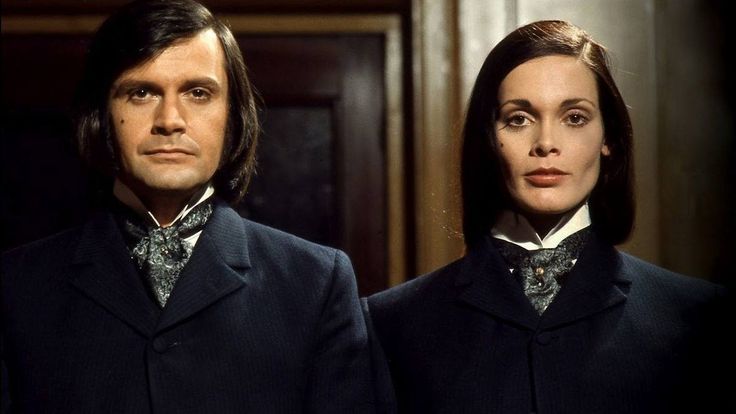
One chapter within the history of Transgender Cinema which has been particularly damaging to the collective heteronormative perception of Transgender individuals, which I will here refer to as a ‘Sub-Genre’ is what has been described as the ‘Psycho Slasher Transgender Murderer’ films. My own specific favourite film within this ‘genre’ is the classic Hammer Film ‘Doctor Jekyll and Sister Hyde’. Although this film of course was part of Hammer’s cinematic Gothic Renaissance, it does also fall within this sub-genre. This film is famous for having put an alternative spin on the classic Gothic Horror Psychological Tale that within its narrative deals with ‘split personalities’. Dr Jekyll passionately pursues the creation of a concoction of an ‘Elixir of Life’ by extracting female hormones from murdered female corpses. However, this has the unforeseen result of transforming Dr Jekyll into the evil Sister Hyde. The Doctor is then driven to murder girls himself in order to maintain his transformation.
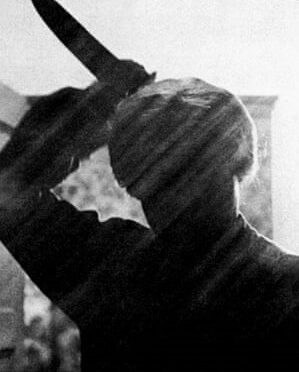
In all probability the first Trans-Psycho-Killer film was Hitchcock’s classic ‘Psycho’ 1960. In this the main protagonist Norman Bates is the ‘victim’ of his own fractured psyche, which clinically can probably be described as ‘personality complex’, and in which he ‘cross dresses’ as his mother and brutally murders women. This ‘chapter’ in the history of Transgender Cinema has to be seen within the cultural ideology of the time in which there was a lack of understanding of Trans individuals. As such members of the Trans community were sometimes depicted as comedic, ‘freaks’ or at worst villainous monsters and in fact there is a whole list of films involving Transgender Murderers. According to writer Michelle Smith, in attempting to perceive the ‘logic’ of such prejudice, ‘Gender non-conformity is frightening and unnatural’. Furthermore, the fact that these films depict murderers that are Transgender adds to ‘otherness’ of the murders, and engenders fear.
n
The ‘Transvestism’ of the Norman Bates character from ‘Psycho’ continued to influence Hollywood and led to the continual reinvention of this pathological archetypal trans-killer, which emerged in such films as ‘Freebie and the Bean’, ‘Dressed to Kill’, ‘Cherry Falls’ and perhaps the most recent depiction in the serial killer ‘Buffalo Bill’ in ‘Silence of the Lambs’.
Another form of misrepresentation within Trans-cinema involves the ‘festishisation’ and/or ‘sexualisation’ of the characters portrayed. Trans-women are as such sexualised as the focus of the narrative of such dramatized portrayals, and within this context is here considered discriminatory. This can be perceived in the fact that there is usually too much concentration on the Trans-female characters body-clothes and commonplace everyday details; the application of makeup and getting dressed. This typical collective discriminatory form of prejudice is based on the a priori premise that the ‘trans-women’ in question; that their behaviour is ‘unusual’ as they are not really women. As one online writer succinctly put it this ‘Objectifies and dehumanizes’ the cinematic depiction of Trans-women. Furthermore this level of prejudicial stereotyping is usually based on the premise, and can extend to, the common misconceptions of mental illness characterising trans-women in general and such individuals being mentally unstable. This discriminatory characterisation at its worst, as already discussed, led to the sub-genre of Trans-Psycho Killers.
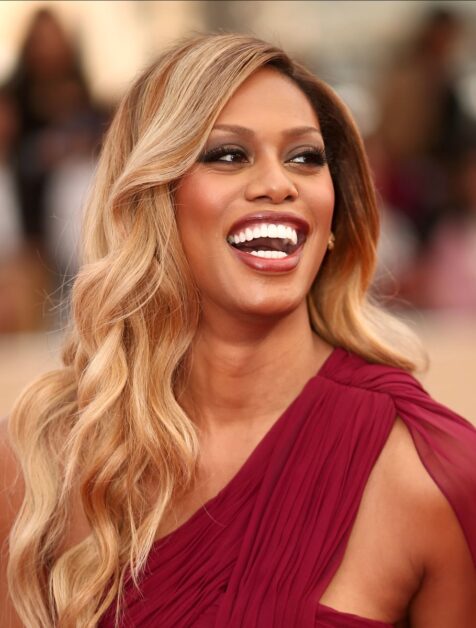
In fact the misrepresentation of transgender individuals, including other media contexts/outlets, has been described as a veritable ‘litany’ of depictions that are not just problematic, but often transphobic. The Documentary ‘Disclosure’ which specifically deals with trans-representation, produced by Laverne Cox, highlighted some of the usual narratives involving Trans individuals; One of these is the ‘Transgender victim of violence’ often portrayed in American Cop and Medical Shows. There are also Talk Shows that can have an obsessive focus on Trans-issues and News Programs which can tend to concentrate and focus on body parts during surgery, which from an objective perspective can seem invasive. Onscreen representation of Trans individuals has of course also been a catalyst to ongoing controversies within the LGBT community and Transgender Cinema and TV has not only been influential in the perception of Transgender individuals in the cisgender public, but also within the Trans community itself.
There is also the issue that I’ve already briefly mentioned above of Transgender characters, whether factual or fictional being played by Cisgender Actors, this of course is part of the issue of what is referred to as ‘Trans-visibility’. Examples of Cisgender Actors playing Trans-Roles are Chris Sarandon in ‘Dog Day Afternoon’, Eddie Redmayne’s Oscar nominated performance in ‘The Danish Girl’ and Felicity Huffman in ‘Trans-America’. The common mistake of casting male Actors to play Trans-Women can of course endorse the typical heteronormative collective prejudice of reinforcing the gender binary and the stereotype of ‘men in dresses’. Although I wasn’t specifically looking for an answer to this issue when I began my research for this article, I stumbled upon a satisfactory one in the 1999 Film ‘All About My Mother’ directed by Pedro Almodovar, which has been described as a ‘beautifully written masterpiece’. This Film not only deals with Trans-Lives and issues in a sensitive way, but also has a ‘progressive attitude’ to casting, as not only were Cisgender women cast in Trans-women roles, but Transgender women were cast as Cisgender women.

In all probability the greatest victory for Trans-representation and Trans-visibility in recent years has been the brilliant TV series ‘Pose’, which focuses on the ‘Drag Ball’ culture in New York in the 1980’s. This ‘phenomenon’ was not only produced by Transgender activist Janet Mock but also Trans-musician Our Lady J, and also had a Star cast of no less than five Transgender Actors.
